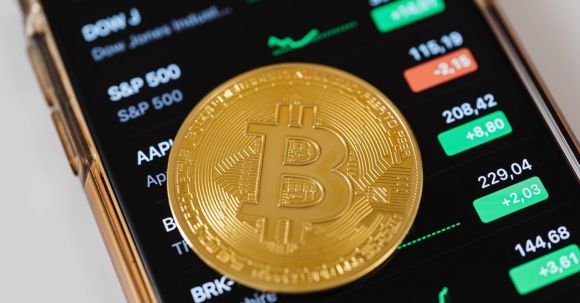The integration of blockchain technology and the Internet of Things (IoT) is set to revolutionize home automation. This combination of cutting-edge technologies has the potential to transform how we interact with our homes, making them smarter, more efficient, and secure. In this article, we explore the exciting possibilities that arise from the convergence of blockchain and IoT in the realm of home automation.
Enhancing Security with Decentralization
One of the key advantages of using blockchain technology in home automation is enhanced security. Traditional centralized systems are vulnerable to cyber attacks, as a single point of failure can compromise the entire system. However, with blockchain, the data is distributed across a network of computers, making it nearly impossible to tamper with or hack. This decentralized approach ensures that the security of a home automation system remains robust and resilient.
Securing Smart Devices with Smart Contracts
Smart devices, such as thermostats, cameras, and door locks, are an integral part of home automation. However, these devices are also susceptible to security breaches if not properly secured. By utilizing smart contracts on a blockchain, the security of these devices can be significantly enhanced. Smart contracts are self-executing contracts with the terms of the agreement directly written into code. This means that devices can only interact with each other based on predefined conditions, adding an extra layer of security and trust to the system.
Enabling Seamless Interoperability
Interoperability is a critical aspect of home automation. With the integration of blockchain and IoT, devices from different manufacturers can seamlessly communicate and interact with each other. This is achieved by establishing a common language and protocol on the blockchain, allowing devices to securely share data and execute actions. The result is a truly interconnected ecosystem of smart devices, enabling users to control and automate various aspects of their homes effortlessly.
Empowering Consumers with Data Ownership
One of the most significant benefits of blockchain technology is the concept of data ownership. With traditional home automation systems, data is often collected and controlled by service providers or manufacturers. However, with blockchain, individuals have greater control over their data. They can choose to share it with specific parties, such as utility companies or insurance providers, in exchange for personalized services or benefits. This shift in data ownership empowers consumers to have more control over their personal information and the ability to monetize it if desired.
Creating a Sustainable Energy Ecosystem
The combination of blockchain and IoT has the potential to create a sustainable energy ecosystem at home. With smart meters and energy monitoring devices connected to a blockchain network, homeowners can track and optimize their energy consumption in real-time. This data can be used to incentivize energy-efficient behaviors through smart contracts, rewarding users for reducing their energy consumption or generating renewable energy. By utilizing blockchain and IoT in this manner, homeowners can contribute to a greener and more sustainable future.
Conclusion: Embracing the Future of Home Automation
Blockchain and the Internet of Things are poised to revolutionize home automation by enhancing security, enabling interoperability, empowering consumers with data ownership, and creating sustainable energy ecosystems. As these technologies continue to evolve and mature, we can expect to see a more connected and intelligent home environment. With the potential for increased energy efficiency, improved security, and personalized experiences, the future of home automation looks incredibly promising. It is an exciting time to embrace these technological advancements and transform our homes into smarter, more efficient, and secure spaces.
